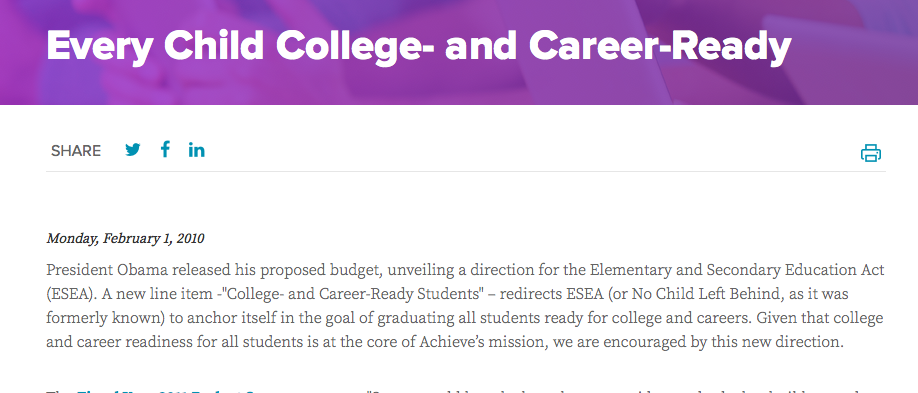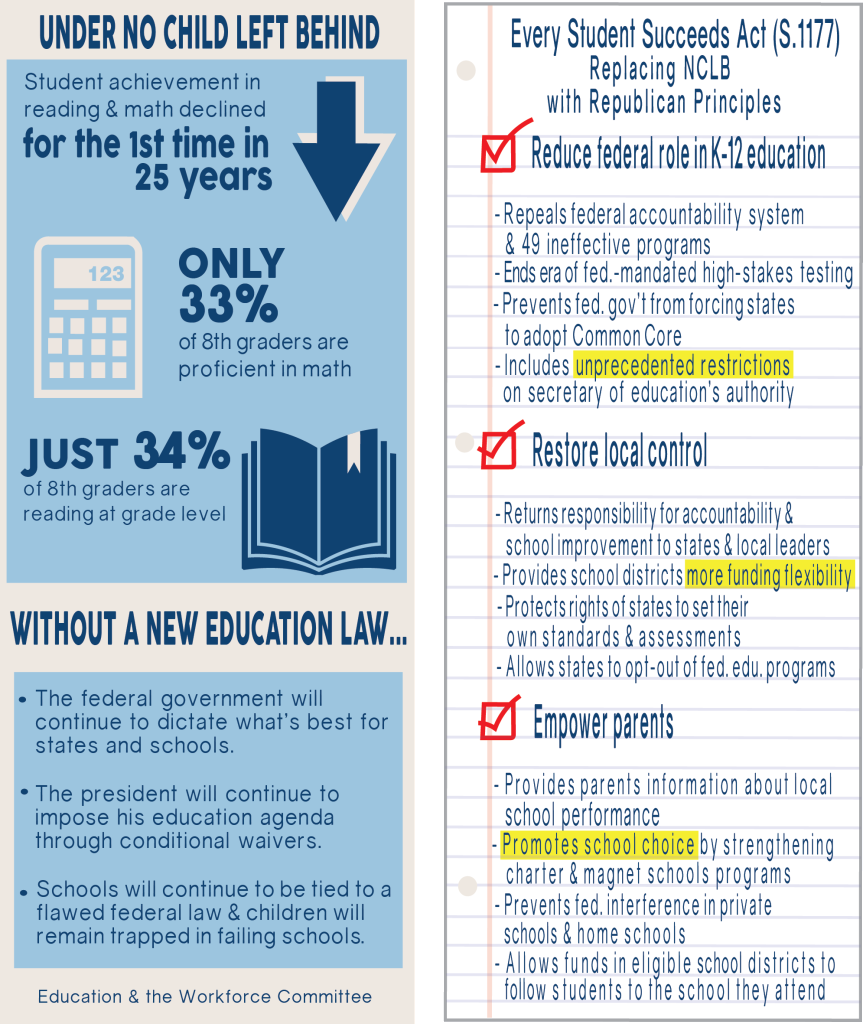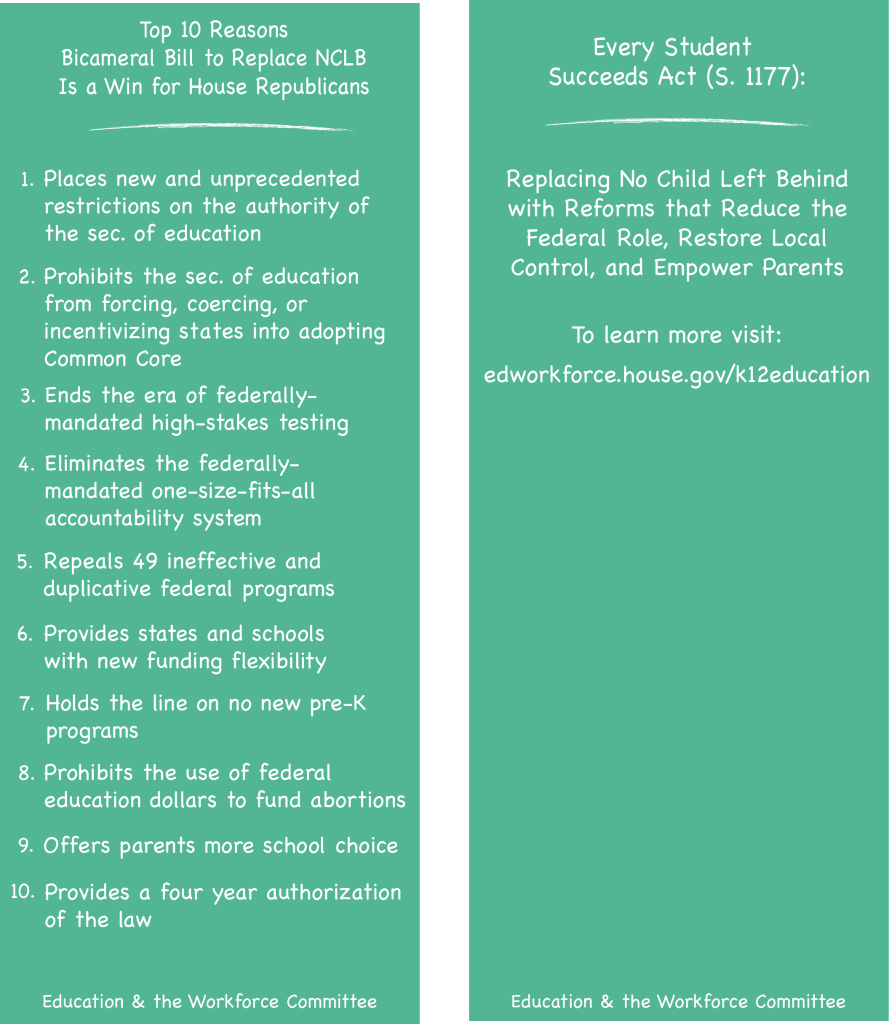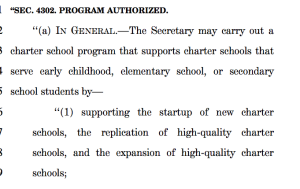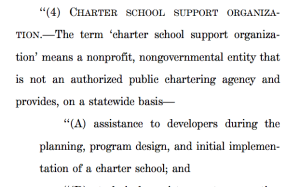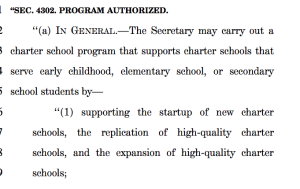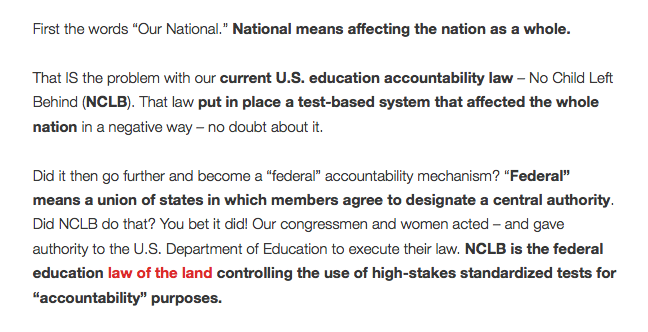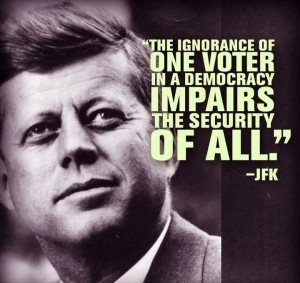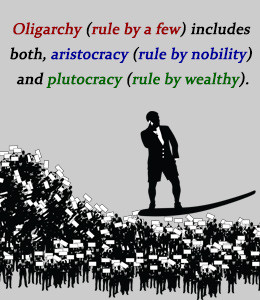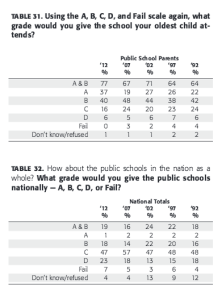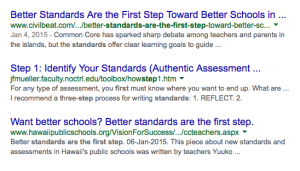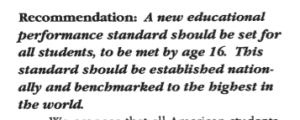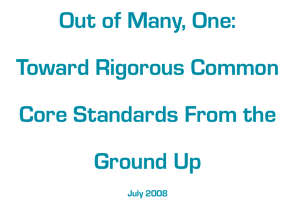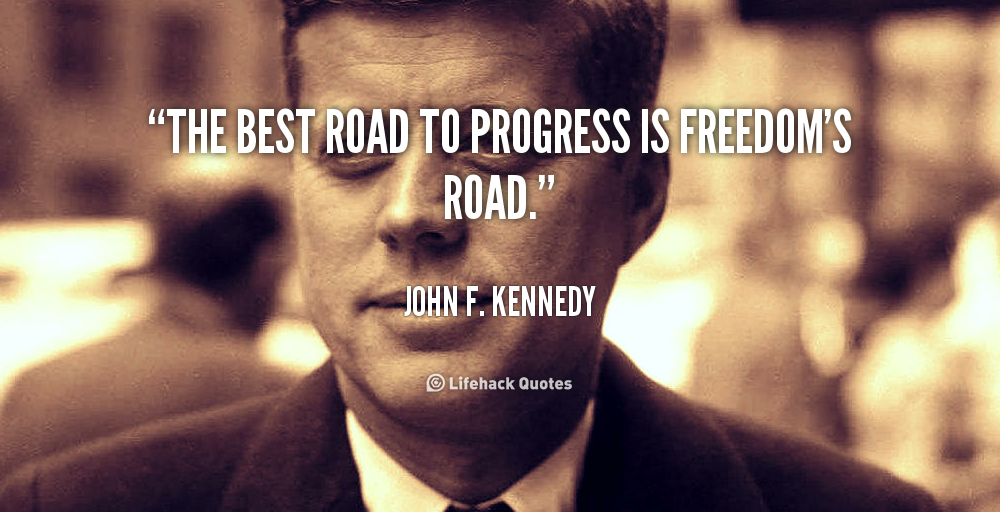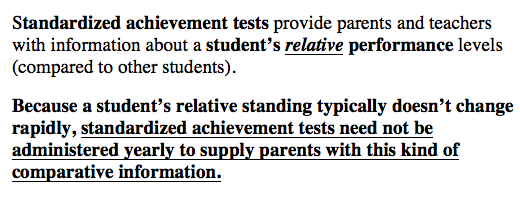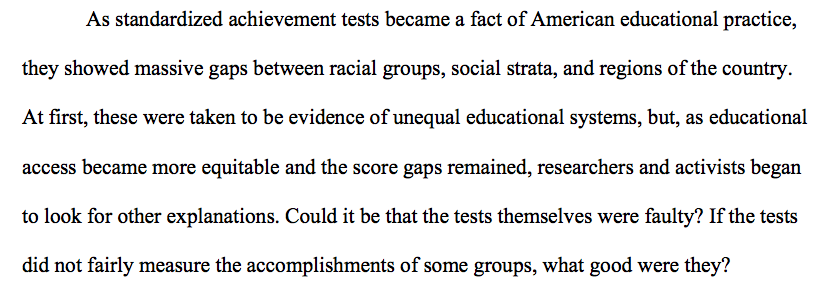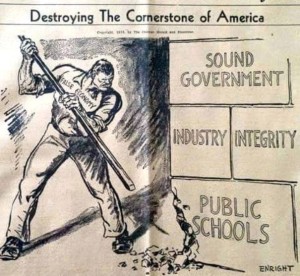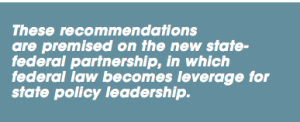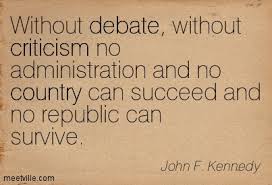They used us?
The education reform oligarchy set an agenda, carefully selected their mode of operations, and agreed upon the bait. They developed a vision, knew what they needed to do, how to do it, and they had the monetary and political support to move a nation to do their bidding. They used us to advance their plan.

NOTE: Published in 1983.
With wisely selected words, they tapped into our frustration with bureaucracies and BIG government while marketing their wares, following their map, and sticking to their strategies — repeatedly and relentlessly.
They used mass messaging, mass media, and massively powerful organizations to launch and continue to float THEIR mass movement.  To succeed with their plan, the oligarchy needed to undermine what was a strong public institution.
To succeed with their plan, the oligarchy needed to undermine what was a strong public institution.
There was never any dispute that schools need to constantly be improving themselves and that unequal access to quality education exists because of socioeconomic factors.
And the oligarchy always claimed their plan was about systemic improvements.
At this point, I challenge the notion that their agenda was ever about educational improvement.
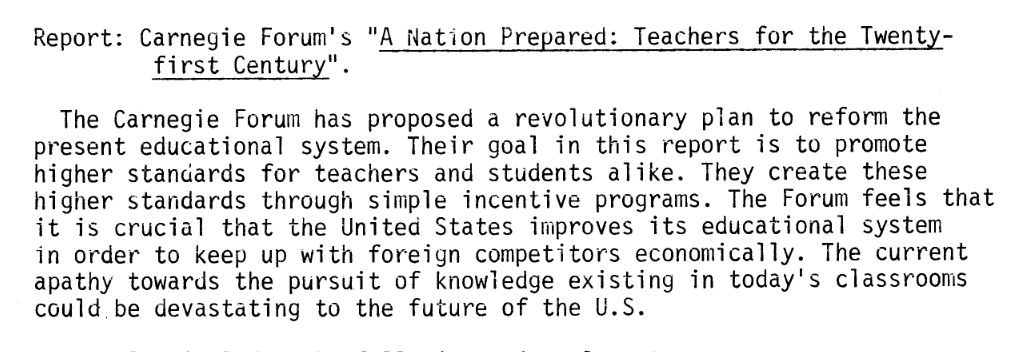
Published May, 1986
Did they really care about this country’s future?

American Federation of Teachers, National School Board Association, and the National Education Association went along with the recommendations while ignoring the fact that the plan was market-based from its inception.
Business people look at markets. The oligarchy faced a fact, parents liked their schools. So, they expanded their market shares by creating an illusion of need. Their public persuasion took several forms.
They used us.
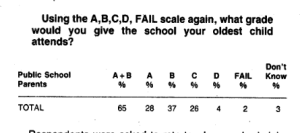
This 1986 public poll shows that very few parents thought their schools were failing. (For the record, I began seeing a systems’ failure to address the goal of equal opportunity.)They Used Us:
THEY TARGETED A POPULATION.
The marketing plan needed to target a politically active portion of the population who mostly lacked any real contact with —or direct knowledge of— the reality of our schools.
May 27, 1986
”Voters understand that to get better jobs, you have to have better schools,” said [then] Gov. Lamar Alexander of Tennessee.
August 26, 1986
“…parents are a declining percentage of the voting population in this country. It will not be sufficient to have just the parents in favor of better schools. We have got to have the retired population understanding that their future Social Security payments depend upon the earnings of kids who are now going into school.” —Mr. Lewis Branscomb , IBM scientist at the National Governors Association (NGA) meeting.
Was this about better schools or the education market?
“…the knowledge-based economy… ‘What
is industry in a knowledge-based economy?’ The answer is the education industry.” —Mr. Lewis Branscomb, IBM, NGA meeting.
“Can we do education as an investment, a moneymaking profitable investment?” —Mr. Bradford Butler, Procter & Gamble, NGA meeting.
They had a financial target — to grow the education industry. (Now globally a $4.4 Trillion industry.)
They knew what was needed…
“I think the key to engaging a long-term interest and commitment of companies is the adoption of a reform strategy…” Mr. Lewis Branscomb, 1986 NGA meeting.
THEY TAPPED INTO OUR VALUES and CORE BELIEFS.
We wanted assurances that our schools would improve; they sold us test-based accountability. We value freedom of choice and know how important parents are to a child’s education; they peddled school choice as parental involvement.
We have repeatedly asked for better-prepared teachers with a decent salary to match; they put forth merit pay and career ladders based on an unproven, and now statistically dis-proven, theory of reforms. The basis, “standards.” The weapon, “testing.” The attraction, “accountability.”
The standards, testing, accountability movement was rolling forward.
THEY USED OUR GOVERNMENT RESOURCES.
Regional educational laboratories that were established in 1965 to do research and development were used to push the outcome-based strategy.

New Standards Project was Marc Tucker’s project. He is the director of NCEE (National Center on Education and the Economy).
THEY USED OUR SYSTEM OF GOVERNING.
From 1991 to 1993, Lamar Alexander was secretary of education with Assistant Secretary of Education Diane Ravitch serving as his counsel and being responsible for the Office of Educational Research and Improvement.
What is most notable about this time-frame, other than the advancement of standardization, is what did not happen.
- The Sandia Report was not discussed — it clarified many reform issues.
- The warnings of the Education Counts panel were ignored —so we moved on with test-based accountability instead of a system that measures what matters.
THEY USED OUR LAWS to continue putting the outcome-based theory into practice throughout the states, as planned…
“…the Governors were the key to the necessary revolution in school policy.” Marc Tucker, 1986 NGA meeting.
And just like they created a false market for “financial products,” they did the same with the education market.…”To Market, To Market: The School Business Sells Kids Short”
“Mary Tanner, managing director at Lehman Brothers, which sponsored the first educational investment conference last year, compares it to health care – ‘a local industry that over time will become a global business.’”
Then as tragedy hit us on 9/11/2001, the federalization of their movement moved forward without much national discussion. With billions on the line, No Child Left Behind (NCLB) sealed the deal with the wording “accountability, flexibility, and choice.” And once again, our government structure was used to support their goals. Instead of research centers, NCLB put in place technical assistance Comprehensive Centers. Now those centers are being used for a new product. But standards and tests are only one product. They want it all!
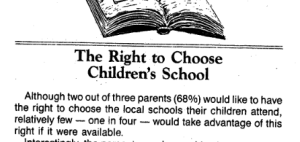
We believe in having the freedom to choose but with schools, most didn’t NEED to do so.
But with only 1 in 4 parents willing to choose a school other than their neighborhood one, the education market needed to expand further. The oligarchy went big on this one.
With the Eli Broad Foundation and Michigan Governor John Engler starting the ball rolling in 2002, the BROAD CENTER leadership development program was launched and their graduates landed (or were strategically placed) in our largest urban school districts to lead school turnarounds. Mostly, we saw disruption through school closures.
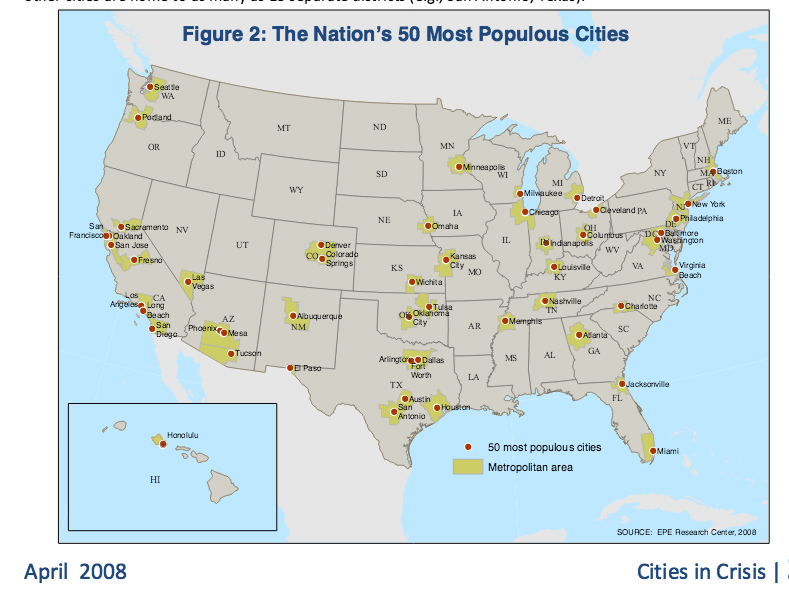
The biggest market shares were in the fifty largest cities where the “dropout factories” were ripe for school closures.
Marc Tucker’s National Institute for School Leadership (NISL) wasn’t far behind. He took a different approach to school closures but he continues, to this day, to use our money for his projects. Why isn’t that money going into public institutions?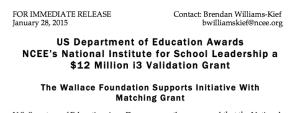
The oligarchy went on to use what they know will work… “disruptive innovation.”
“a process by which a product or service takes root initially in simple applications at the bottom of a market and then relentlessly moves up market , eventually displacing established competitors.”
Traditional public schools are seen as their competitors.
And they “never let a serious crisis go to waste.” Hurricane Katrina – school closures and re-opening as privately run charters. The Great Recession – an opportunity to accelerate the whole money-making plan using our Recovery Act dollars.
Over and over, they dangled autonomy, better teacher pay, and better schools in front of us. THEY — USED OUR INCESSANT WILLINGNESS TO SUPPORT SCHOOLS.
But, finally, the resistance to pseudo-reforms has been growing. It is a fight against the GERM – Global Education Reform Movement.
The oligarchy’s sustained campaign —outcome-based, neoliberal, greed-driven, pretense of reforms — isn’t unique to the U.S. because this is a global market. So what we see here in the U.S. is what is being seen the world over. We win a battle here and there but…
“…the same ‘reforms’ are again back after one year, albeit in a new package this time. What does this tells us? This tells us that even though the [resistance] movement was strong enough to highlight one specific and temporary aspect of the ‘reform’ agenda; it was not able to make popular the comprehensive critique of the whole process.”
We need to see their whole process.
As resistance to “disruptive innovations” rises, THEY will use “intervention design thinking principles” to manage the challenges involved in getting us “to engage with and adopt innovative new ideas and experiences.” But remember “innovative” or “new” doesn’t mean better schools for our kids. It more likely means a repackaged education product.
When will this nightmare end? It will only end when enough of us see that the oligarchy has used us, and, only we —collectively—have the power to stop it.

